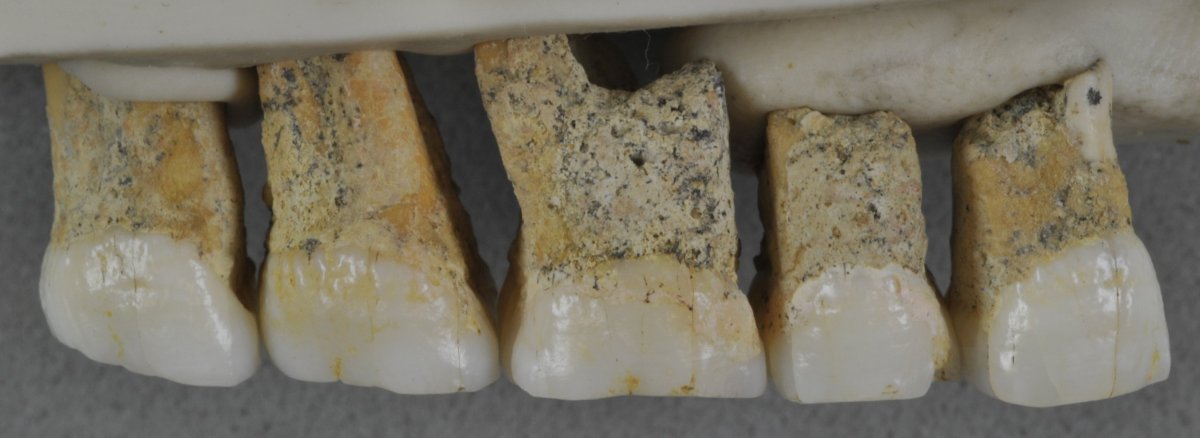
Scientists discovered a new species of ancient human and named it Homo luzonensis, after the location where it was found—the island of Luzon in the Philippines. This unusual species was identified through several feet and hand bones, along with teeth and a partial femur. From this, scientists realized the bones belonged to a species with bizarre features, unlike any one member of the hominin group.
Their findings, published in Nature, raise huge questions about how early humans evolved and dispersed across the globe before our own species, Homo sapiens, came to dominate.
The team found the bones in Callao Cave on the country's northern island. They were in a layer of the cave that dates to about 67,000 years ago. Hominin bones had previously been found in this layer, and while analysis had indicated it belonged to the genus Homo, it was unclear which species it was.
After analyzing the 12 new bones and teeth, researchers discovered they had features that could not be assigned to any other existing Homo species. Instead, they appeared to be an unusual mix of primitive and later species. The teeth, for example, were very small compared with those of other hominins. The shape was similar to Homo erectus but also shared features with Paranthropus, a hominin that lived between 2.6 million and 1.1 million years ago that had massive jaws and teeth.
Hand bones indicated similarities to australopithecus (of the famed "Lucy" species) and other early Homo species, suggesting it would have been good at climbing.
The species was found to be markedly different from other Homo species found in the region at the time, including Homo floresiensis, the "Hobbit" species found on the island of Flores in Indonesia that lived there from at least 190,000 to 50,000 years ago.
John McNabb, a senior lecturer in Paleolithic archaeology at the University of Southampton, U.K., who was not involved in the study, said the findings were "something quite special." He told Newsweek: "I think many paleoanthropologists will be scratching their heads over this one. It could have been named Homo hotch-potch. The finger and toe bones have some really primitive features, more like the African Australopiths two and a half million years earlier, who retained some adaptations for tree climbing. Yet other features, like the small teeth, are more similar to Homo, but even then there are differences.
"But other features seem unique and don't really group with any other species. So what to make of it? Is there enough on which to define a new species of Homo? That is what many researchers will be asking themselves."

But where did H. luzonensis come from and how did it end up in the Philippines? The traditional idea of early human migration out of Africa is that it went in two waves. The first involved Homo erectus and its ancestors. H. erectus is thought to have reached Southeast Asia at least 1.6 million years ago. The second wave included modern humans. This took place between 300,000 and 200,000 years ago.
The researchers say the discovery "underscores the importance of island Southeast Asia in the evolution of the genus Homo."
McNabb says where H. luzonensis fits into the hominin story is a puzzle. He said that at this period of time, there were modern humans in the north, to the southwest there may have been relict populations of H. erectus, while in the east there was H. floresiensis.
"Many researchers will be especially keen to know the relationship of the new hominin to the 'Hobbit'. One theory is that a small brained hominin left Africa before 2 million years ago and rapidly spread eastward—the population on Flores may be their descendants. Is H. luzonensis part of this ancient population?
"Another theory is that Homo erectus moving across Southeast Asia often became isolated on islands, and on Flores at least was subject to island dwarfism. Is the Luzon hominin another example of island endemism [with] natural selection shaping geographically isolated groups to survive in different environments; or perhaps doing the same to early populations of Homo sapiens? It is too soon to tell.
"Whether the Luzon hominin turns out to be a new addition to our own genus or not—it will have a fascinating story to tell us about ourselves."
Uncommon Knowledge
Newsweek is committed to challenging conventional wisdom and finding connections in the search for common ground.
Newsweek is committed to challenging conventional wisdom and finding connections in the search for common ground.
About the writer
Hannah Osborne is Nesweek's Science Editor, based in London, UK. Hannah joined Newsweek in 2017 from IBTimes UK. She is ... Read more
To read how Newsweek uses AI as a newsroom tool, Click here.








